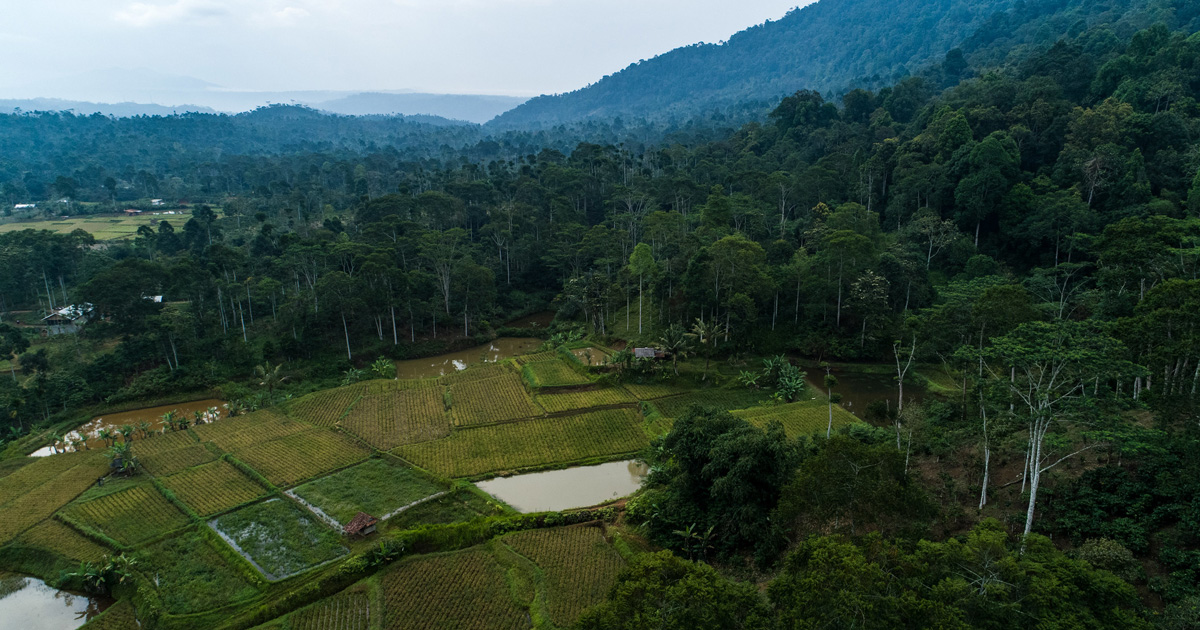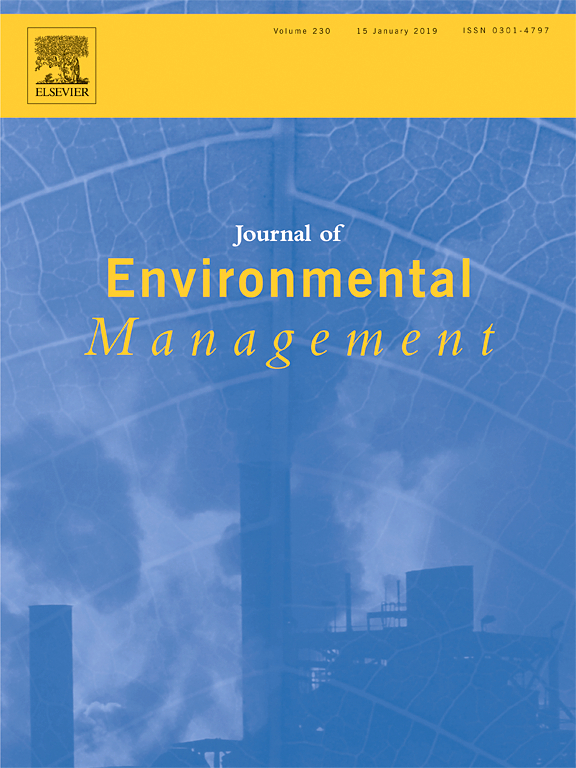Ten multipurpose tree species were planted both in monoculture and intercropped withArachis hypogea (groundnut) in a randomized complete block with three replications. The vigrou, biomass, nutrient content, and coppicing percentage of the trees were evaluated. Intercropping with groundnuts during the establishment phase did not affect subsequent growth and development of the species.Acacia mangium, Acacia auriculiformis, Cassia siamea, Calliandra calothyrsus andParaserianthes falcataria established well, when compared toGliricidia sepium, Leucaena leucocephala, Dialum guineense, Dubocia macrocarpa andMilicia excelsa. A. mangium, A. auriculiformis, C. calothyrsus, C. siamea andP. falcataria produced the highest leaf (4 to 20 t ha1) and wood (12 to 37 t ha1) biomass yield (primary growth) at one to three years after planting. Coppicing percentage ofA. mangium A. auriculiformis andP. falcataria were relatively low (35 to 50%).C. calothyrsus andC. siamea showed the highest coppicing percentage (95 to 100%) and produced the greatest coppice biomass (9 to 13 t ha1). Total nitrogen and organic matter percentage of soils from under the stands of these two species were also significantly higher than that of the rest. The two species may thus be considered for use in agroforestry technologies for soil improvement on acid soils, which are typical of the moist tropics.
DOI:
https://doi.org/10.1007/BF00705468
Altmetric score:
Dimensions Citation Count:























